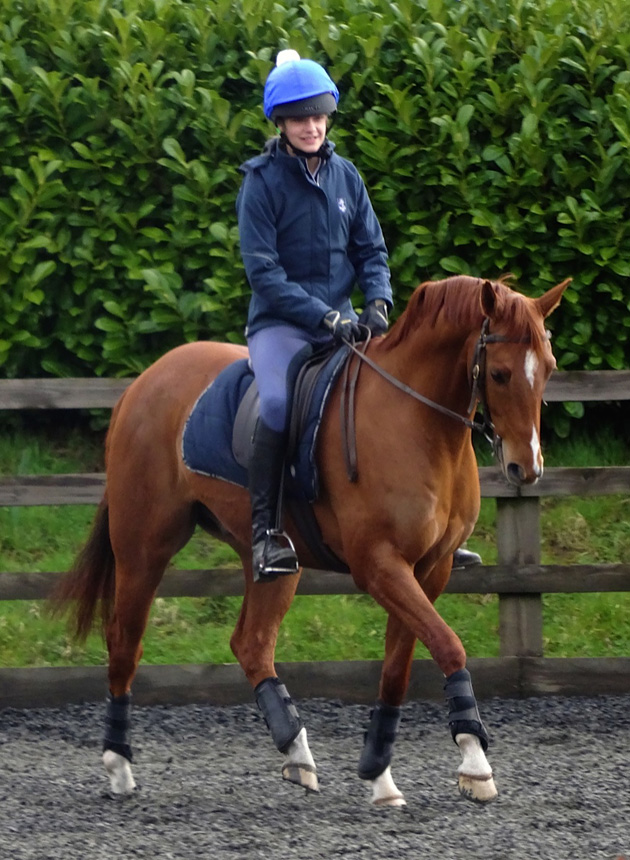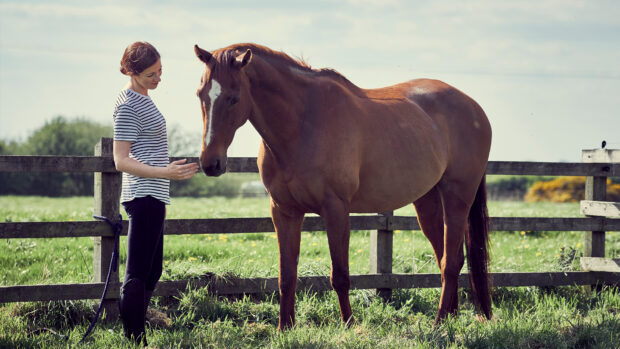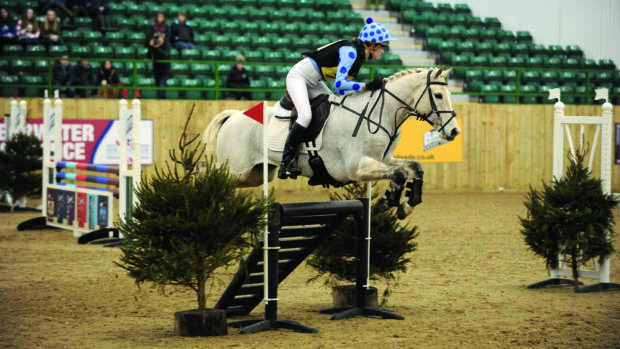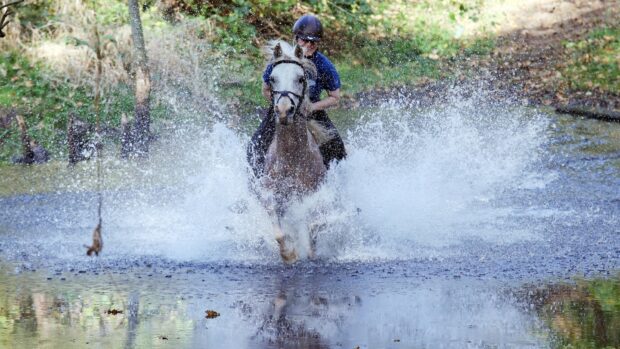I am well and truly into my “silly season”, without a day or weekend off for the next few weeks.
I have just finished a great three days teaching at our Easter Your Horsemanship Camp before gearing up for a series of demonstrations at Total Confidence Live next weekend and another equine event called Equi-Expo at the beginning of June.
In between I have a series of polocrosse tournaments and training with the UK team in the build-up to the Polocrosse World Cup in South Africa in July.
Alongside all this, spring and early summer is one of the busiest times on the yard, with people wanting to prepare their horses for the summer or wishing to get their young horses started. This year is even more hectic as we have just redone our website and I will launch my new online training program, Your Horsemanship, next weekend at Total Confidence Live.
Still, I’d rather it this way than sitting around twiddling my thumbs!
The best age to back a horse
I read the Horse & Hound article about eventing four year olds with interest. I am often asked when the best age is to back a horse and I always reply that you have to take each horse as an individual.
In my job, there is nothing worse than being presented with a disrespectful 17.2hh four-year-old whose owners have left him to “mature” before being started!
I prefer to start them as three year olds over four weeks and leave them to mature further before starting any further education. I think the real question is how much and what type of work they should be doing as four and five year olds.
When you have a talented horse it is tempting to start competing it and moving it quickly through the levels of training, but I believe that these years are best spent letting your horse gain experience of the world through lots of hacking, developing their physical and mental strength with correct and varied training and taking part in unpressured, local events. Many of the horses that come to me with ridden problems have been pushed too hard early in their careers.
Teaching a show pony to relax
One of our recent visitors was a stunning show pony (pictured top and below), who has just gone home after a few weeks with us. This gelding was placed fourth at HOYS as a four-year-old and I can certainly see why; he is conformationally correct, has lovely paces and is a real head-turner.
His new owners were so excited to have such as wonderful pony for their daughter, but soon realised simmering beneath the shiny exterior was a very tense, anxious pony. After he had started to become particularly tricky in certain situations, they sent him to me and my main aim was to get him to understand that he could relax while being ridden.
His head carriage had become so fixed that although on the outside he looked “correct”, there was no connection between him and the rider. My work was all about introducing lateral flexion to take out the tension in his body and teaching him to follow the rider’s rhythm, rather than rush through his paces.
He was with me for a month and during the handover sessions with his young rider it was lovely to see him being really ridden rather than being “held”. She even had him trotting over tarpaulin, throwing a polocrosse ball around on him and most importantly was having a lot of fun with him.
Continued below…
Read more of Jason’s blogs

Jason Webb’s blog: Polo ponies mean spring has sprung
Our blogger has some new visitors on his yard and as his business undergoes an exciting transformation, there is some

Jason Webb’s blog: ‘horses can train you too’
H&H's blogger updates us in his recent work, which includes teaching a dressage rider who had fallen into the trap

Jason Webb’s blog: Don’t nag
H&H's blogger updates us with his latest projects and reviews training on health and safety around horses
The benefits of hacking
Going back to our Easter camp, 15 participants and their horses joined us at the yard for three days with sessions in ground and ridden work aimed at developing a safe, versatile and willing horse.
With lots of home cooked food and the odd glass of wine, not to mention a trip to the local pub for some live music on Saturday night, a good time was had by all. As much of what I teach is based on riding with purpose, among the lessons and lectures were lots of different challenges including handy pony, mounted games and polocrosse, which everyone tackled with great enthusiasm.
Linking back to what I was saying about getting young horses out hacking and seeing the world, it was interesting that it was the group hacks around the farm that made people the most nervous. Perhaps an indication of how little people get out and about in the countryside these days and their doubts about how their horses will react, not only to other horses, but at the sight of a wide open field to canter across.
In the end, all their horses behaved perfectly and, much to my embarrassment, it was Diesel on his third ride of the day who threw his toys out of his pram!
Jason




